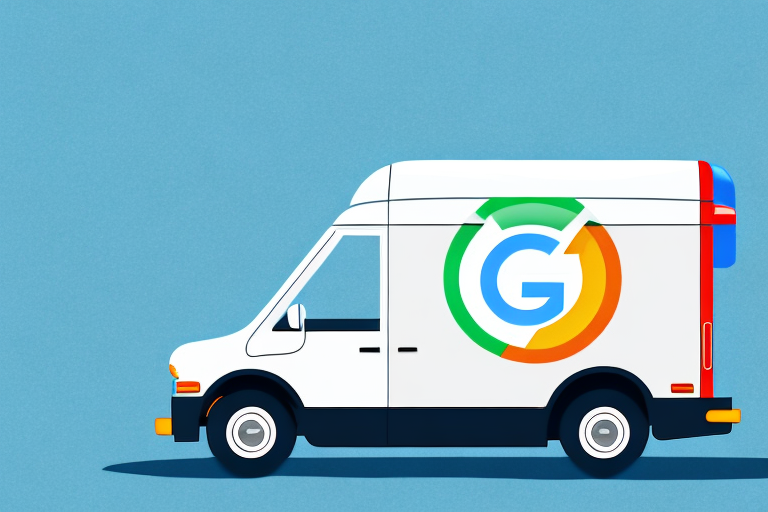How Much Do Google Express Drivers Earn?
Google Express is a same-day and next-day delivery service offered by Google, connecting local stores and retailers with customers who need quick delivery solutions. For individuals considering joining this delivery platform, understanding the potential earnings is crucial. This article delves into the various aspects of working as a Google Express driver, providing a comprehensive overview of the income you can expect and the factors that influence your earnings.
Job Responsibilities and Requirements
As a Google Express driver, your primary role involves picking up items from designated stores and retailers and delivering them to customers' homes or offices. This gig requires the use of your own vehicle, along with a valid driver's license, insurance, and registration. Typically, a delivery route may include 8 to 12 stops per day, with most packages weighing around 30 pounds.
- Essential Requirements: Valid driver's license, auto insurance, a reliable vehicle, and a smartphone to access the delivery app.
- Key Responsibilities: Timely pickups and deliveries, maintaining accurate records of receipts, and ensuring customer satisfaction.
Since Google Express drivers are classified as independent contractors, it's important to manage expenses such as fuel, vehicle maintenance, and other operational costs, which can be deducted from your taxes.
Compensation and Earnings Structure
Google Express drivers are compensated through a combination of base pay and various incentives. According to the [U.S. Bureau of Labor Statistics](https://www.bls.gov), the average wage for delivery drivers ranges between $15 and $20 per hour. This rate can fluctuate based on several factors, including geographic location, demand, and driver performance.
Payments are disbursed weekly, and drivers have the opportunity to earn additional bonuses during peak periods such as holidays and major shopping events like Black Friday. Incentives are also tied to metrics like delivery speed, customer satisfaction ratings, and driver retention.
Factors Influencing Earnings
Several elements can impact the earnings of a Google Express driver:
- Location: Urban areas with higher demand typically offer better earning potential compared to rural regions.
- Performance: Consistently positive customer feedback and high reliability can lead to bonuses and promotions.
- Vehicle Type: Drivers using larger vehicles like vans may complete more deliveries per trip but should account for higher fuel and maintenance costs.
- Seasonality: Earnings can vary with the time of year, with certain seasons offering higher demand and pay boosts.
Benefits and Drawbacks of Being a Google Express Driver
Working as a Google Express driver comes with its set of advantages and challenges:
Pros
- Flexible Schedule: Drivers can choose their working hours, making it an ideal option for those seeking a side hustle.
- Independence: Operating as an independent contractor allows for autonomy in managing your deliveries.
- Tax Deductions: Eligible for deductions on expenses like fuel, insurance, and vehicle maintenance.
Cons
- Vehicle Wear and Tear: Regular deliveries can lead to increased maintenance and depreciation of your vehicle.
- Traffic and Safety: Navigating through traffic and ensuring personal safety can be stressful.
- No Traditional Benefits: As independent contractors, drivers do not receive benefits like health insurance or paid time off.
Maximizing Your Earnings
To enhance your income as a Google Express driver, consider the following strategies:
- Optimize Delivery Routes: Plan your routes efficiently to reduce travel time and fuel consumption.
- Maintain High Customer Ratings: Positive feedback can lead to bonuses and increased earning opportunities.
- Take Advantage of Bonuses: Participate during peak periods to benefit from pay boosts and additional incentives.
- Manage Expenses: Use fuel-efficient vehicles and seek affordable insurance options to lower operational costs.
Comparison with Other Gig Economy Jobs
When compared to other gig roles like Uber or Lyft drivers, Google Express drivers generally enjoy higher hourly rates, averaging between $15 and $20 compared to Uber's $10-$15. However, unlike ride-sharing services, Google Express drivers do not receive tips, which can impact overall earnings. Additionally, the nature of delivery driving involves different challenges and expenses, such as dealing with packages and ensuring timely deliveries.
Future Outlook for Google Express Drivers
The demand for e-commerce and rapid delivery services continues to grow, suggesting a positive outlook for Google Express drivers. As more consumers prefer online shopping with swift delivery options, the need for reliable drivers is expected to rise. However, increased competition from other delivery platforms may necessitate drivers to continually improve their service quality and efficiency to maintain and enhance their earnings potential.
Real Drivers’ Perspectives
Anecdotal reports from Google Express drivers indicate a range of earning experiences. While some drivers report making upwards of $25 per hour during peak times, others may earn closer to the average range of $15-$20 per hour. Earnings are influenced by factors such as location, driver experience, and the number of deliveries completed daily. It's essential to approach this role with realistic expectations and a strategic plan to maximize income.
Conclusion
Becoming a Google Express driver offers a flexible way to earn extra income, especially for those who value independence and have a reliable vehicle. With the potential to earn between $15 and $20 per hour, drivers can benefit from various incentives and bonuses. However, it's important to weigh the benefits against the costs of vehicle maintenance and the lack of traditional employment benefits. By optimizing routes, maintaining high customer satisfaction, and managing expenses effectively, drivers can enhance their earning potential in this growing gig economy role.




















